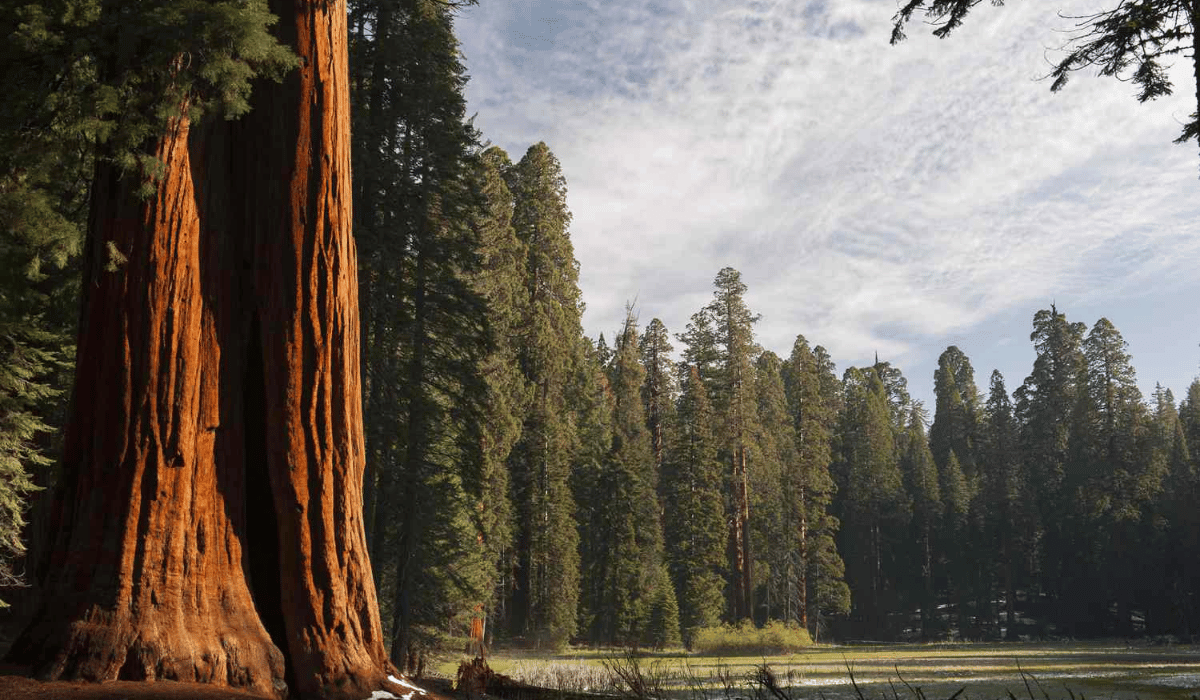Introduction
Diamer Basha Dam is a monumental project located on the Indus River, about 40 kilometers downstream of Chilas in Pakistan. This multi-purpose dam is poised to address several critical issues related to water storage, irrigation, and power generation. It is an engineering marvel set to significantly impact Pakistan’s economy and energy landscape.
Project Details
General Information
- Location: 40 km downstream of Chilas, Gilgit-Baltistan
- River: Indus River
- Height: 272 meters
- Type: Roller Compacted Concrete (RCC) Dam
- Gross Storage Capacity: 8.1 Million Acre Feet (MAF)
- Live Storage Capacity: 7.9 MAF
- Power Generation Capacity: 4,500 MW
- Annual Energy Generation: 18.1 billion units
Key Features
- Reservoir: The reservoir created by the dam will help store a significant amount of water, mitigating the risk of floods and ensuring a steady supply for irrigation.
- Power Generation: Equipped with two underground powerhouses, the dam will generate 4,500 MW of electricity, contributing to the national grid with clean, low-cost energy.
- Irrigation: The stored water will irrigate approximately 1.23 million acres of agricultural land, boosting agricultural productivity.
Significance
Diamer Basha Dam is not just a construction project; it is a symbol of progress and cooperation. The dam is expected to provide numerous benefits, including:
- Flood Mitigation: By storing excess water, the dam will help prevent devastating floods in downstream areas.
- Energy Security: With a substantial power generation capacity, it will reduce reliance on expensive and polluting fossil fuels.
- Agricultural Enhancement: The irrigation potential will transform barren lands into fertile agricultural fields.
- Economic Growth: The project will create jobs, both during construction and in operations, stimulating local and national economies.
Recent Developments
Construction Milestones
As of 2024, significant progress has been made on the Diamer Basha Dam project. The construction activities are being carried out at multiple key sites, including the left and right abutments, diversion canal, and coffer dams. The project is scheduled for completion by 2028, with efforts being made to ensure timely completion.
Challenges and Solutions
The construction of Diamer Basha Dam has faced numerous challenges, including funding issues and geopolitical tensions. Initially, the World Bank halted its funding due to objections from India. However, China stepped in, providing both financial and technical assistance, underscoring the strong Pak-China economic partnership.
Technical Specifications
- Design Standards: The dam is designed to withstand seismic activity, following rigorous international standards to ensure safety and durability.
- Construction Materials: Utilizing roller-compacted concrete, the dam will be the tallest of its kind in the world.
- Environmental Considerations: Efforts are being made to minimize the environmental impact, including the digitization of prehistoric rock carvings in the area.
Diamer Basha Dam
| Feature | Detail |
|---|---|
| Location | 40 km downstream of Chilas |
| River | Indus River |
| Height | 272 meters |
| Type | RCC Dam |
| Gross Storage Capacity | 8.1 MAF |
| Live Storage Capacity | 7.9 MAF |
| Power Generation Capacity | 4,500 MW |
| Annual Energy Generation | 18.1 billion units |
| Irrigation Potential | 1.23 million acres |
| Estimated Completion | 2028 |
In-Depth Questions
What is the current status of the Diamer Basha Dam construction?
Answer
As of mid-2024, the Diamer Basha Dam project is progressing steadily with construction activities ongoing at several key sites. The permanent bridge and approach road downstream of the main dam are expected to be completed by June this year. The project is on track for completion by 2028, despite the challenges faced, including funding delays and geopolitical tensions.
How will Diamer Basha Dam impact Pakistan’s energy sector?
Answer
Diamer Basha Dam will significantly impact Pakistan’s energy sector by adding 4,500 MW of hydroelectric power to the national grid. This addition will provide approximately 18 billion units of clean, low-cost electricity annually. The increased energy production will help reduce reliance on imported fuels, lower energy costs, and support industrial growth. Furthermore, the dam will enhance the operational lifespan of existing dams like Tarbela by reducing sedimentation.
What are the environmental considerations for the Diamer Basha Dam project?
Answer
The environmental considerations for Diamer Basha Dam include efforts to mitigate the impact on local ecosystems and preserve cultural heritage. One significant initiative is the digitization of prehistoric rock carvings in the dam’s area of impact. This project aims to document and preserve these carvings through 3D modeling. Additionally, the dam’s design adheres to international standards for seismic safety, ensuring minimal environmental disruption during construction and operation.
How does the Diamer Basha Dam contribute to water management in Pakistan?
Answer
Diamer Basha Dam plays a crucial role in water management by providing a substantial reservoir with a gross storage capacity of 8.1 MAF. This capacity helps in flood control, ensuring that excess water during monsoon seasons is stored and released gradually. The dam will also facilitate irrigation, enabling the cultivation of 1.23 million acres of land, thus supporting agricultural productivity and food security. The controlled release of water will benefit downstream areas by maintaining river flow and reducing the risk of droughts.
Conclusion
Diamer Basha Dam is a transformative project for Pakistan, promising significant benefits in terms of energy production, water management, and economic growth. This engineering marvel will generate clean energy, irrigate vast tracts of land, and provide flood control, contributing to the nation’s sustainability and prosperity. The dam is a testament to the country’s commitment to developing its infrastructure and ensuring a secure future for its citizens.





